Antique furniture restoration is a labor of love that involves meticulously bringing classic pieces back to their former glory. Restorers aim to preserve authenticity and enhance functionality, celebrating the artistry of a bygone era. Each restoration project is a journey through time, where skilled artisans and craftsmen collaborate to revive cherished treasures and uncover the…
Tag: antique furniture restoration
Beginner’s Guide to Restoring Antique Furniture
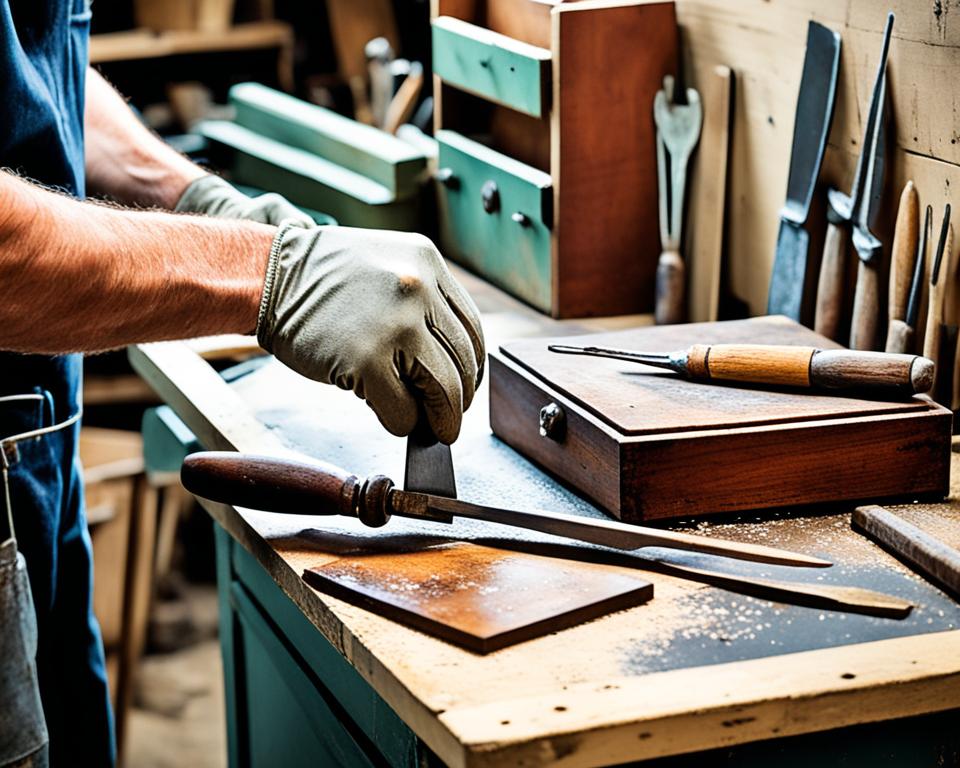
Welcome to the Beginner’s Guide to Restoring Antique Furniture! If you have a passion for vintage pieces and want to learn how to bring them back to life, you’ve come to the right place. This comprehensive guide is designed specifically for beginners like you, providing step-by-step instructions and expert tips for a successful antique furniture…
DIY Antique Decor Projects: Vintage Charm Ideas
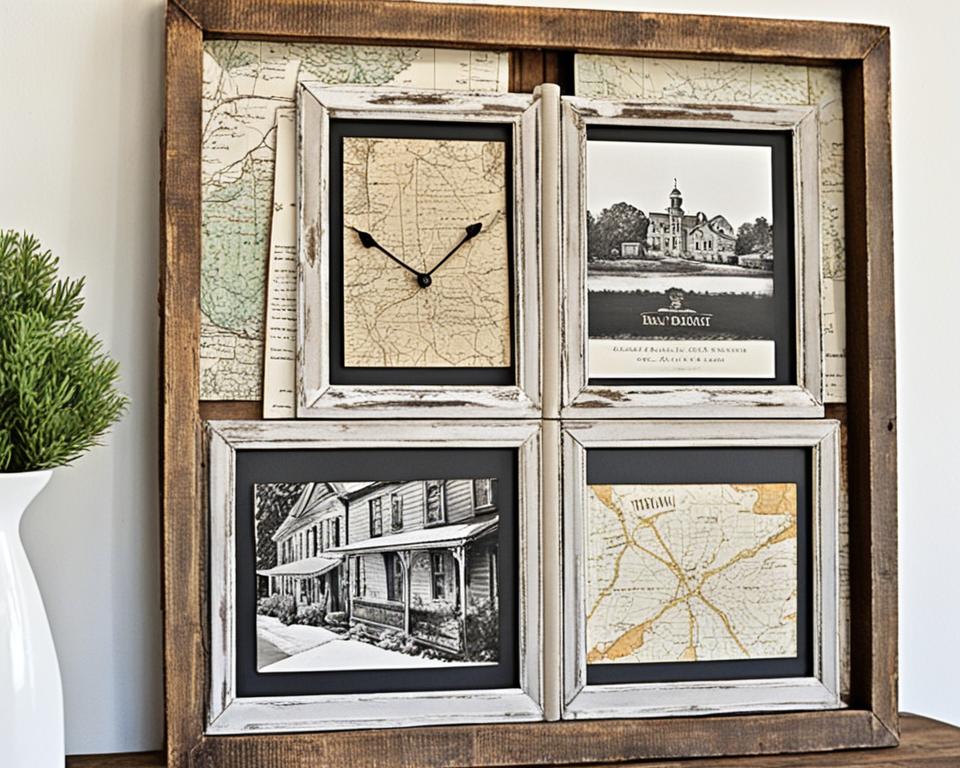
Incorporating vintage charm into your home can create a lived-in and welcoming look. Vintage charm is not limited to old or antique items, but can also be achieved through wallpaper, unique collections, and subtle choices like wooden tools and copper cookware. Adding vintage artwork, starting a collection, and using vintage-inspired kitchen essentials can also bring…
Antique Wood Furniture Care Tips & Tricks
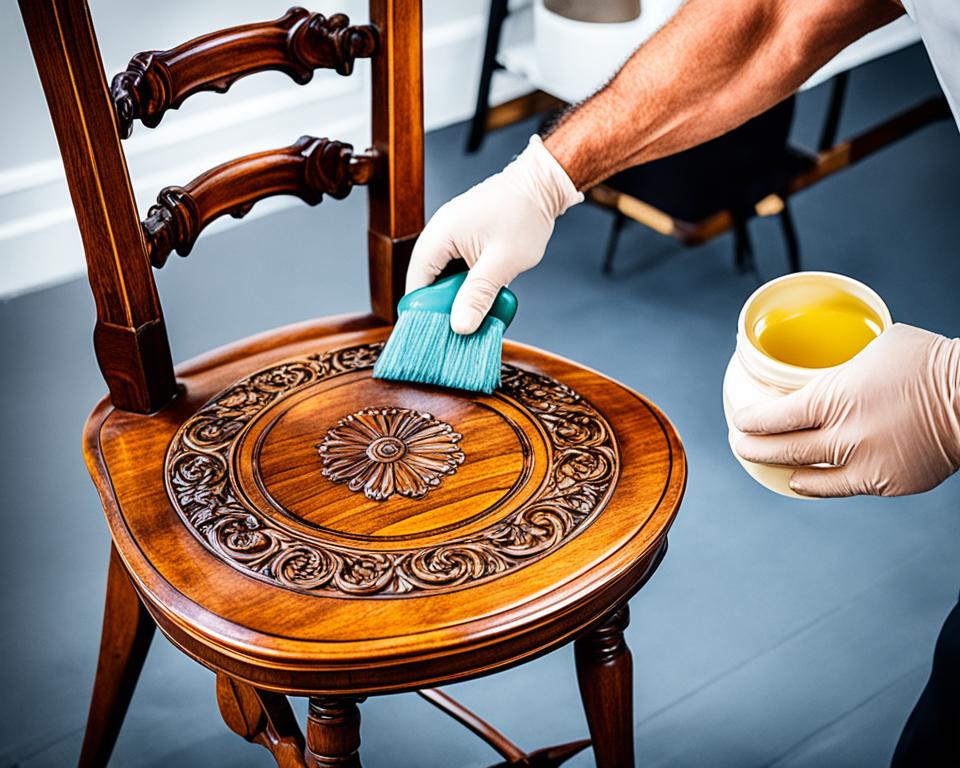
Cleaning antique wood furniture is crucial for preserving its value and appearance. By properly caring for your antique pieces, you can bring out their natural beauty and protect them from damage. In this guide, we will provide you with expert tips and tricks on how to clean and maintain your antique wood furniture.Whether you have…
Antique Furniture Restoration Experts | Revive Charm
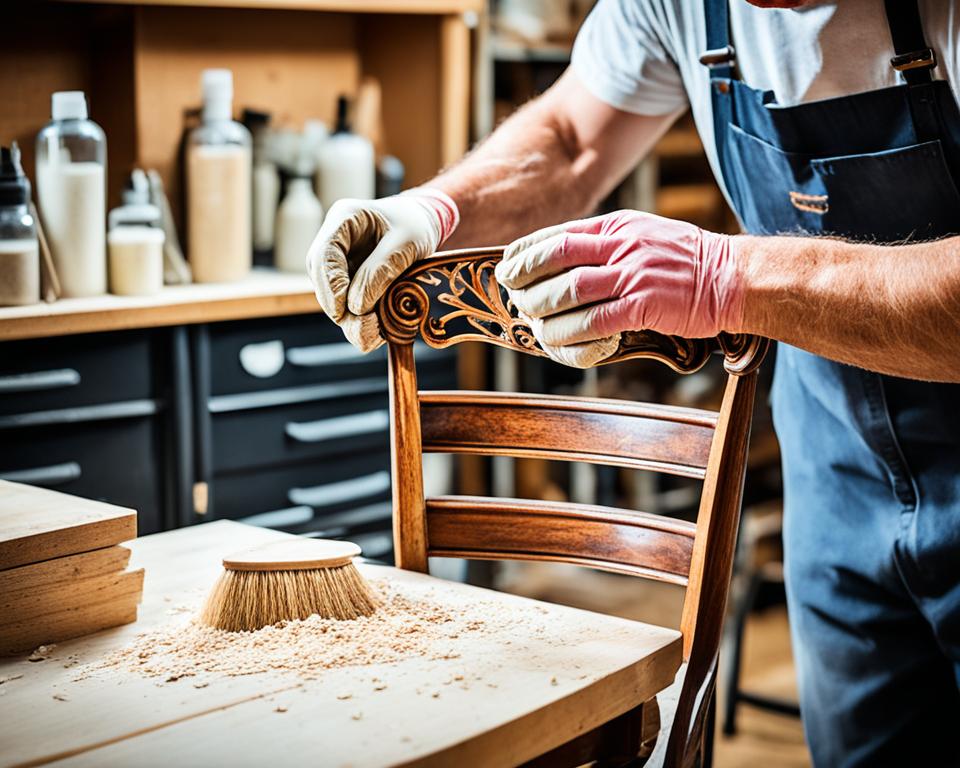
Antique furniture holds a unique charm and historical significance that deserves to be preserved and admired. However, the passage of time can take a toll on these cherished pieces, leaving them in need of expert care and restoration. That’s where antique furniture restoration experts come in.At Revive Charm, our team of skilled and knowledgeable professionals…
Beginner’s Guide to How to Restore Vintage Furniture
I’ve always had a fondness for vintage furniture. The craftsmanship, the timeless beauty, and the stories these pieces carry make them truly special. I believe that restoring vintage furniture is a wonderful way to honor its history and revive its charm.If you’re new to the world of furniture restoration, fear not! In this beginner’s guide,…
Revive Your Pieces: Furniture Restoration Techniques
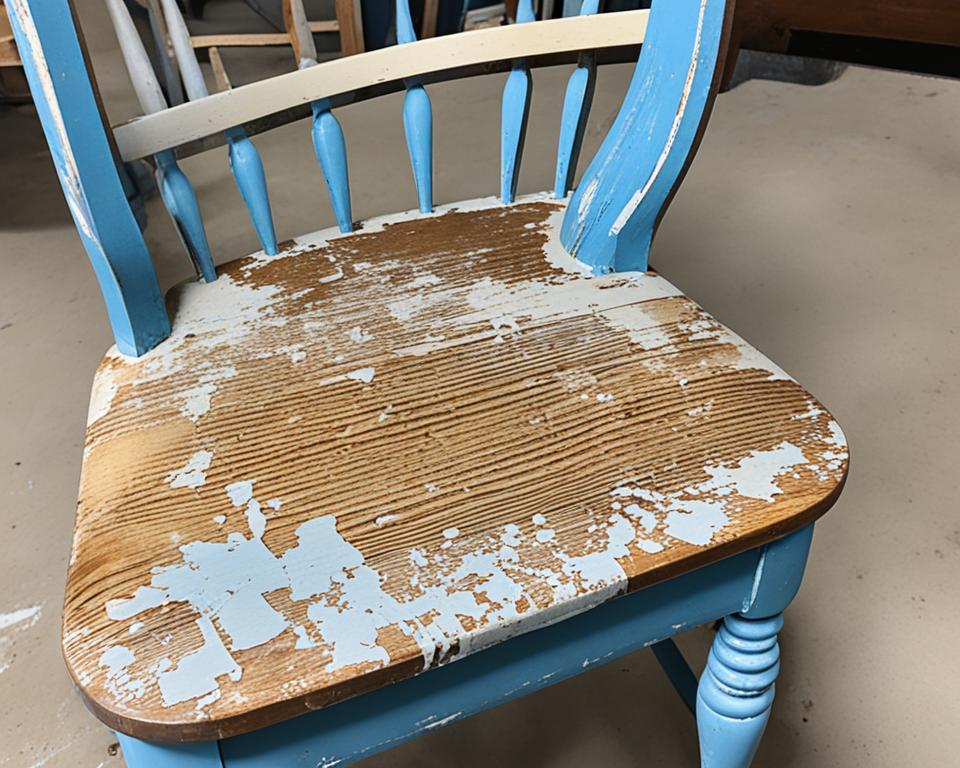
Furniture restoration techniques are essential for bringing new life to your cherished pieces. Whether you have wood furniture, antiques, or want to tackle a DIY project, expert tips and methods can help you transform worn-out furniture into stunning pieces. In this article, we will explore various restoration techniques, step-by-step processes, and the tools you need…
Antique Highboy Dresser: Vintage Elegance Unveiled
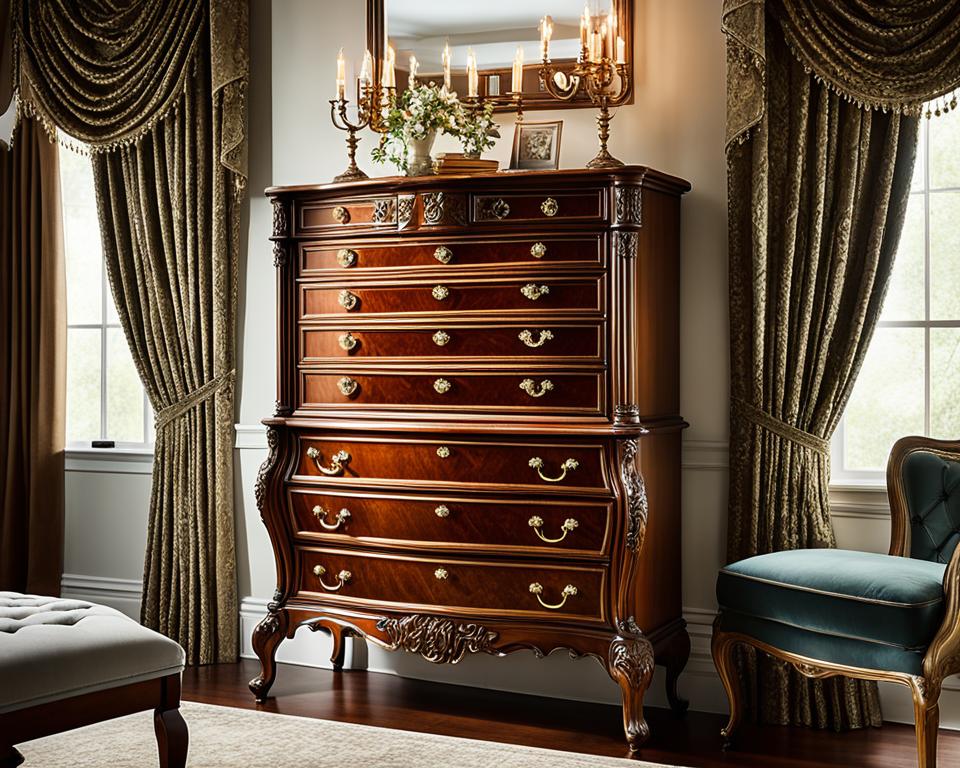
Antique highboy dressers are a perfect addition to any vintage home decor. These timeless pieces of antique furniture exude elegance and charm. With their tall and slender design, they provide ample storage space in the form of multiple drawers, making them ideal for organizing clothes, linens, and other belongings. Antique highboy dressers are often crafted…
